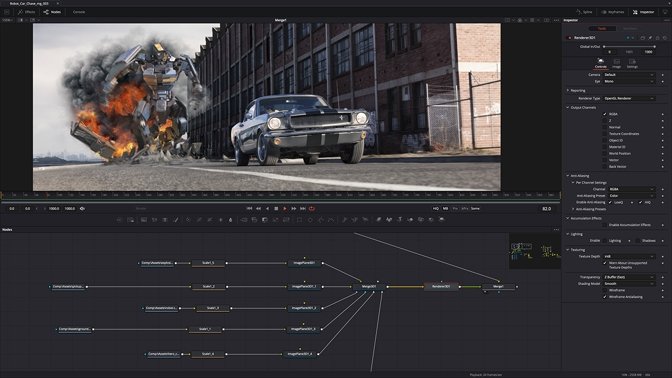

Premiere did an excellent job of reproducing the original project from Final Cut’s XML export. No software exported more than 100 MB/second.īoth Premiere and Resolve were more than twice as fast as FCP. The exported file was stored to the MacBook desktop, which supports a maximum of 5,000 MB/second write speeds. Only Premiere came close to reading at this speed. In all cases, the source files were played from a 4-drive RAID which supports a maximum read speed of 350 MB/second. While ProRes is hardware-accelerated on Apple silicon systems, there is no way to tell, using Activity Monitor, whether any application used hardware acceleration in converting these files. The finished audio was a stereo pair created in Adobe Audition.įor the export, each program converted the ProRes 4444 file to ProRes 422, which required rendering. It did not include titles, effects or color grading, because those don’t transfer between programs. This one included picture-in-picture and graphics.

As you’ll see from the charts below, no application maxed out the system.įor the project, I took a recent webinar, which was edited in Final Cut, exported an XML file and converted it using X2CC for use in both Premiere and Resolve.Īll my webinars are recorded in ProRes 4444. These tests were run on an 16″ MacBook Pro with an M1 Pro and 32 GB of RAM. NOTE: This article illustrates how many CPU cores Apple Final Cut Pro uses during various stages of editing: Import, editing, rendering and export. I compared the export speed of each of these three, along with how they used CPU and GPU systems, as measured by Activity Monitor. Last week, I compared how Apple Final Cut Pro, Adobe Premiere Pro and DaVinci Resolve use CPU cores when exporting files.


 0 kommentar(er)
0 kommentar(er)
